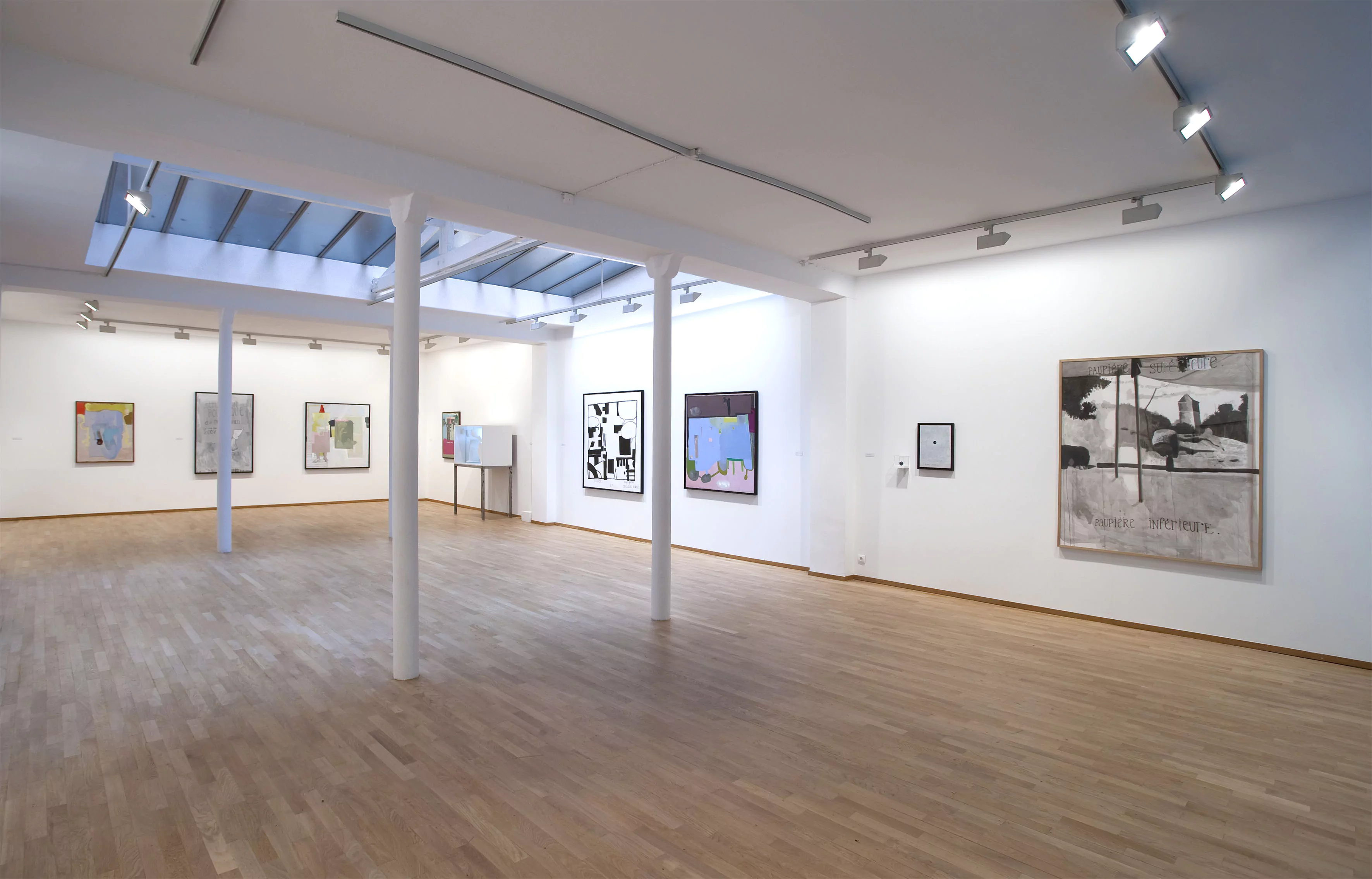
Jean-Michel Alberola
Jean-Michel Alberola
After three major retrospectives in France during 2009, including one at the Bibliothèque Nationale of Paris, the multi-disciplinary artist Jean-Michel Alberola returns to Galerie Templon with a new collection of oil on canvases, works on paper, neon installations and mural paintings.
Jean-Michel Alberola has been pursuing his vision for almost thirty years, working beyond the precepts of any school or theoretical movement, to create works that are unique, protean, combining figurative, abstract and conceptual. Ceaselessly questioning the role of the artist, the status of painting and figuration, Jean-Michel Alberola asserts his total freedom of form and message.
Jean-Michel Alberola made a name for himself in the early 1980s through his association with “figuration libre” and the return to “cultured painting.” His works are characterised by ambiguous messages, provocative prophecies and Duchampian otherness. His dissections of bodies, lying between obliteration and abstraction, allow the viewer to make out people and geographical images. Lóránd Hegyi, director of the Saint-Etienne Museum of Modern Art, offers the following analysis: “the subtle, intelligent and poetic art of Jean-Michel Alberola offers us these paradigms that, beyond melancholy and despair, criticism and utopia, reveal the true frailty of the human being.”
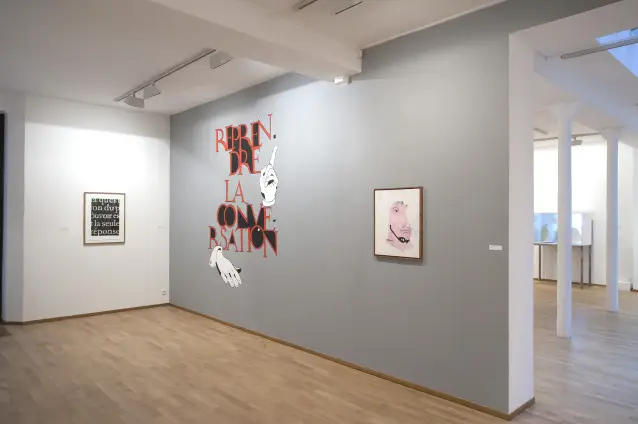
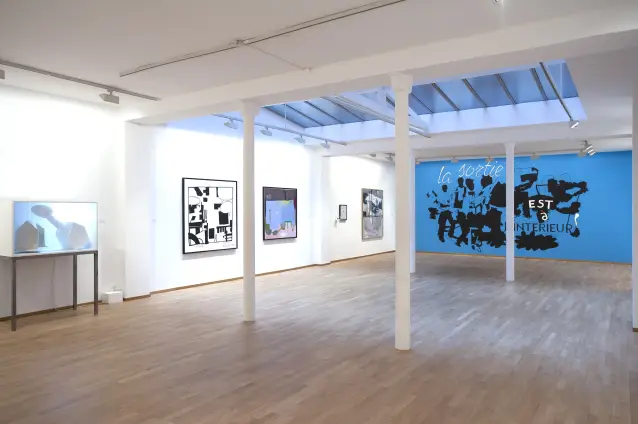
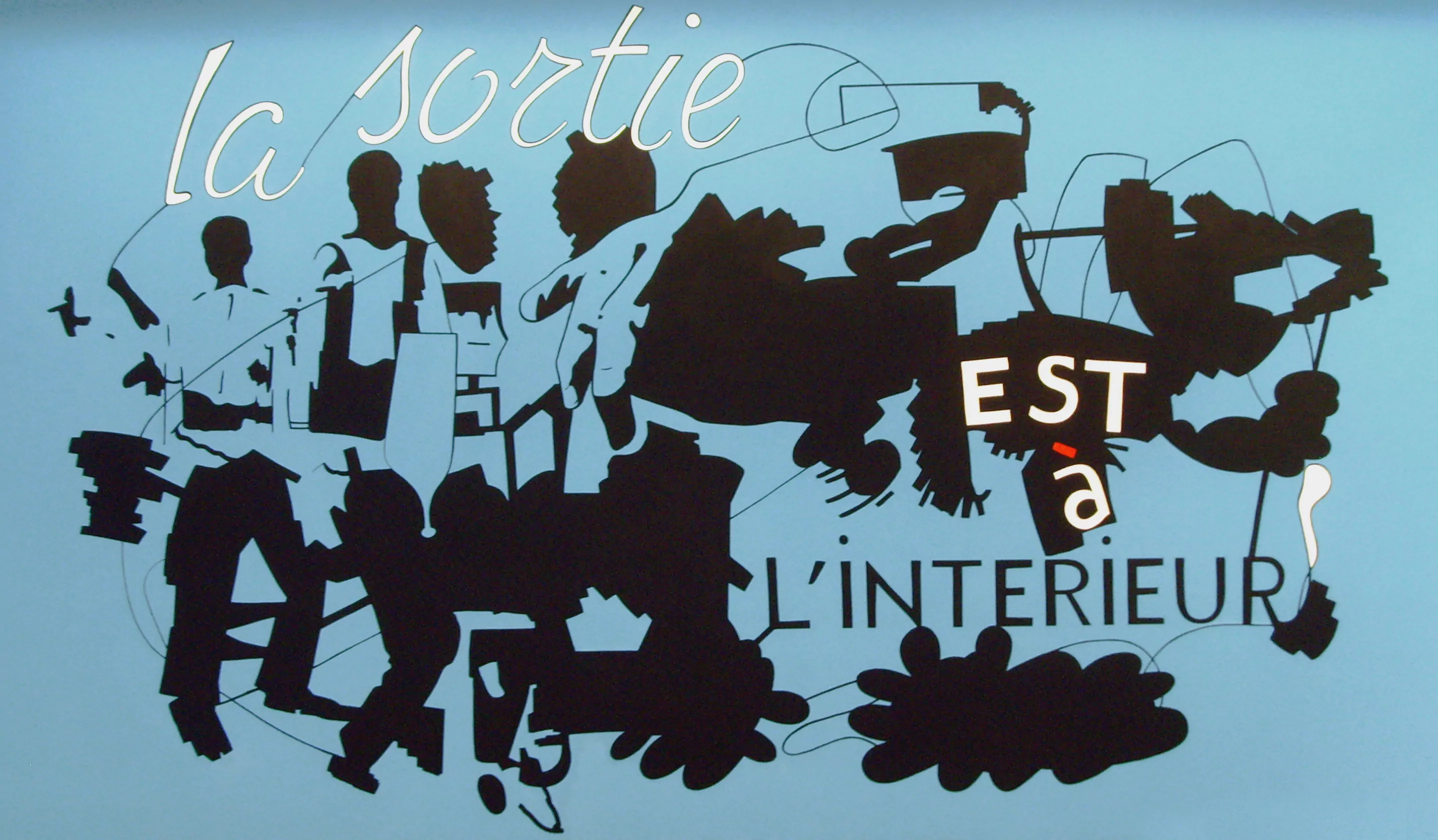
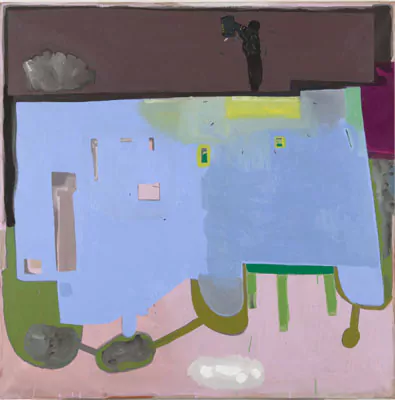
Celui qui lampion
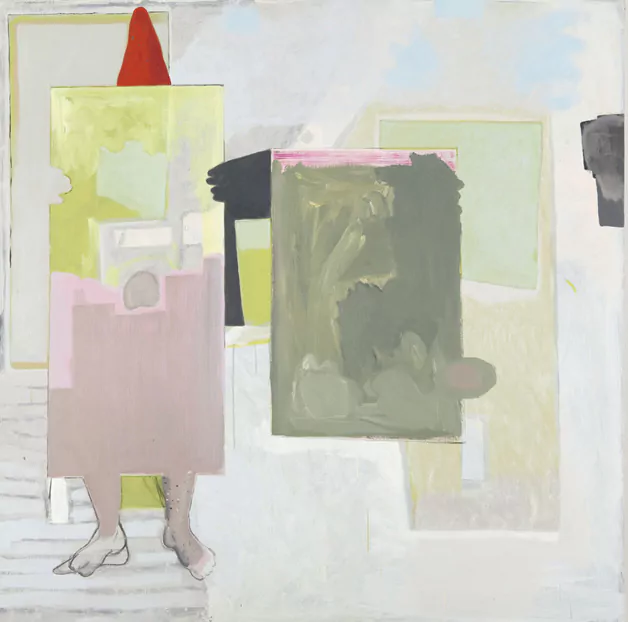
The artist
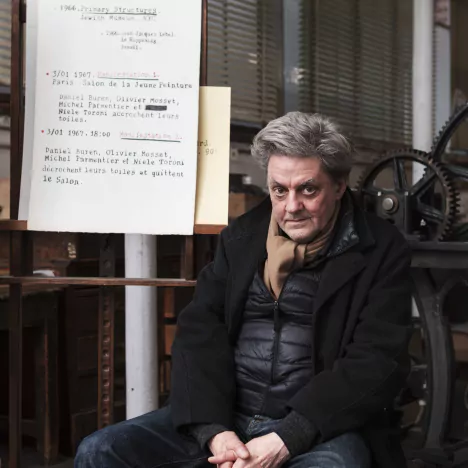
Born in 1953 in Saïda, Algeria, Jean-Michel Alberola lives and works in Paris. During his thirty-year career he has produced a protean body of work that straddles figurative, abstract and conceptual art. Gouaches, sculptures, artists’ books and films represent the different facets of his exploration of the fragility of beauty, ambiguity of perception, the role of the artist and the purpose of art. With the mixture of humour and lyricism characteristic of an engaged artist, he combines artistic reflections with political and social questions.
